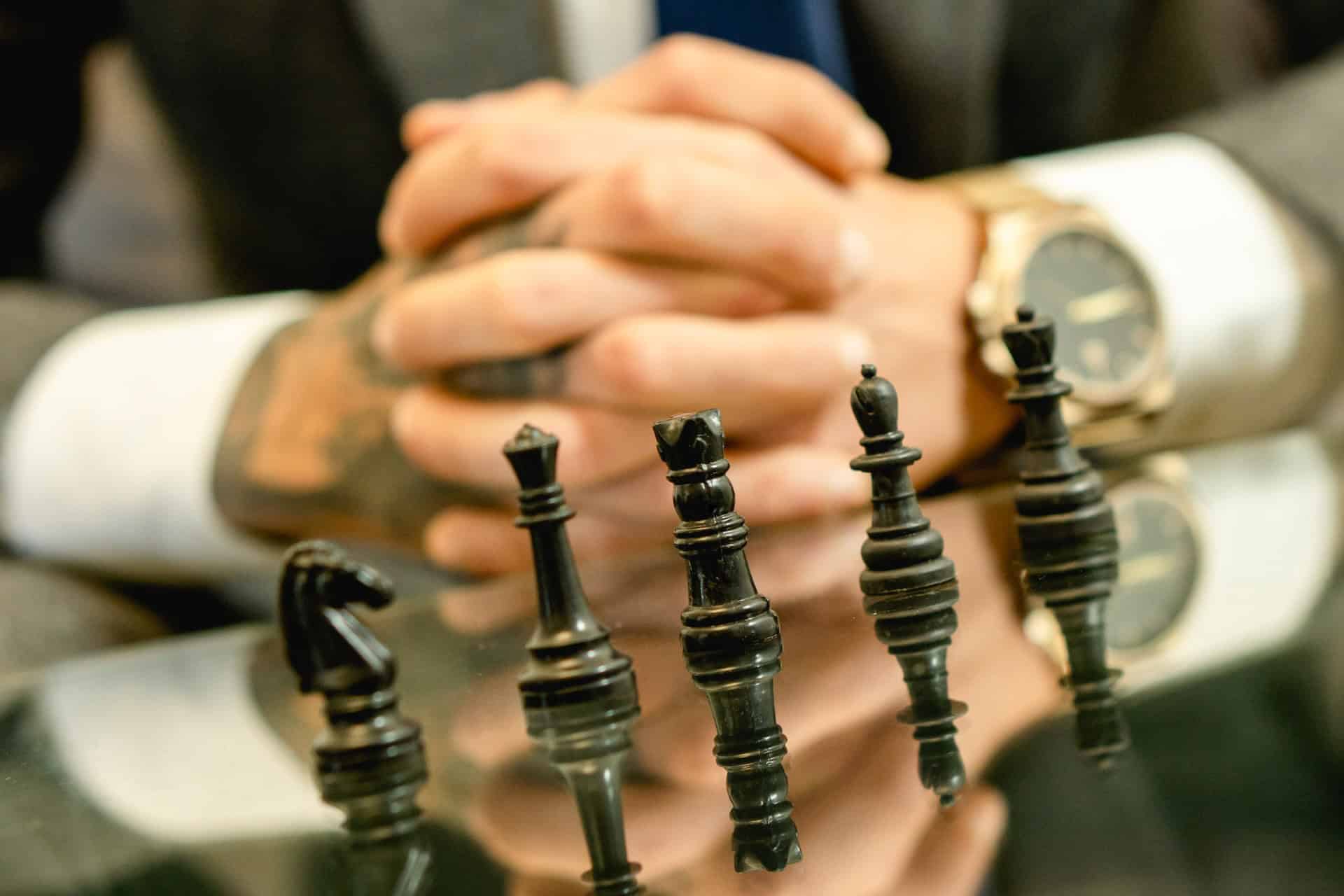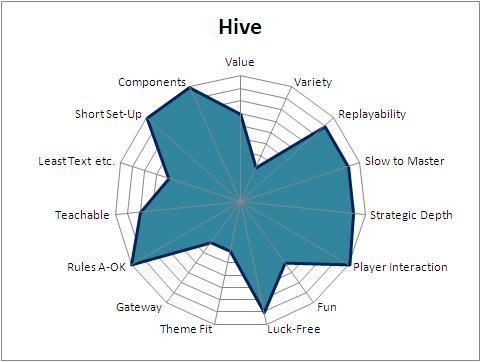The Business of Board Game Design: Royalties, Contracts, and IP Rights
Introduction: Unmasking the Board Game Industry
The world of board game design isn’t just about creativity and innovation. It’s also about navigating the intricate landscape of contracts, royalties, and intellectual property rights. If you’re a game designer looking to break into the industry or an enthusiast curious about the business side of your favorite pastime, this article is your go-to resource.
We all know that board games can bring joy, challenge our minds, and bring us closer to friends and family. But have you ever wondered about the business side of these games? How do designers protect their ideas, negotiate contracts, and earn royalties from their creations?
“Designing a game is just the beginning. Navigating the business side is where the real game begins.” – Jamey Stegmaier, Designer of Scythe and Viticulture
Contracts 101: The Backbone of Board Game Business
A contract is a crucial document that outlines the terms and conditions between a game designer and a publisher. It details the responsibilities of each party, the royalty rates, and the duration of the agreement. Understanding the terms of your contract is critical to ensuring a successful and profitable partnership.
There’s no standard contract in the board game industry. Each deal is unique, reflecting the specifics of the game, the reputation of the designer, and the scope of the publisher. Here are some key aspects to consider when reviewing a contract:
- Royalty Rate: This is the percentage of sales that the designer receives. It generally ranges between 5% and 10% of the wholesale price.
- Advances Against Royalties: Some publishers offer an upfront payment that will be deducted from future royalties. This can be beneficial for designers who need immediate funding.
- Duration and Termination: The contract should clearly state its length and the conditions under which it can be terminated.
“Every contract is unique, just like every game. Understand the terms, negotiate well, and protect your interests.” – Reiner Knizia, prolific game designer
The Royalty Rundown: Making Profit from Your Creativity
Royalties are the bread and butter of a game designer’s income. They represent a percentage of the game’s sales that the designer receives as compensation for their work.
The royalty rate is negotiated during the contract stage and is typically paid on a quarterly or semi-annual basis. The rate can vary widely based on the game’s expected success, the designer’s reputation, and the publisher’s size.
It’s important to understand how royalties are calculated. They are typically based on the wholesale price of the game, not the retail price. For instance, if a game retails for $50, the wholesale price might be around $20. If the royalty rate is 5%, the designer would earn $1 for each game sold.
“Earning royalties is like winning a long, strategic board game. It’s not about the quick win, but the steady progress.” – Uwe Rosenberg, Designer of Agricola and Caverna
Intellectual Property Rights: Guarding Your Game Universe
Intellectual property rights protect a game designer’s original ideas, characters, and game mechanics. Ensuring you have the rights to your game design is critical in safeguarding your creative work and earning potential.
In the board game industry, copyrights and trademarks are the primary forms of intellectual property protection:
- Copyright: This protects the specific expression of your game – the artwork, the rulebook text, and the card descriptions. However, it does not protect the game’s mechanics or the idea behind the game.
- Trademark: This protects the name of your game, the logo, and any unique phrases or symbols associated with your game.
Patents are rarely used in the board game industry as they are expensive and time-consuming to obtain. Furthermore, they require the game mechanic to be a new and non-obvious invention, which is difficult to prove in the realm of board games.
“In the board game industry, protecting your intellectual property isn’t just about business, it’s about protecting your creativity.” – Richard Garfield, Designer of Magic: The Gathering
Conclusion: Mastering the Board Game Business
Understanding contracts, royalties, and intellectual property rights is as essential as designing an engaging and balanced game. By mastering these aspects, you’re not only securing your game’s success but also protecting your creative vision.
This journey may seem daunting, but remember, every successful game designer started where you are now. The business side of board game design is just another game to master. And who better to conquer this game than a game designer?
Reflect on the importance of this knowledge and how it can impact your journey as a game designer. Subscribe to our exclusive email group for more insights into the business of board game design.
“Creating a board game is like playing the most challenging strategy game. But the victory is worth every move.” – Eric M. Lang, Designer of Blood Rage
FAQs
What are the typical royalty rates in the board game industry?
Answer: Royalty rates generally range between 5% and 10% of the wholesale price of the game. However, this can vary based on several factors, including the expected success of the game, the designer’s reputation, and the publisher’s size.
Can I protect the mechanics of my board game through copyright?
Answer: No, copyright does not protect the mechanics or the idea of a board game. It only protects the specific expression of your game, such as the artwork, the rulebook text, and the card descriptions.
Is it necessary to get a patent for my board game?
Answer: Patents are rarely used in the board game industry. They are expensive, time-consuming, and require the game mechanic to be a new and non-obvious invention, which is difficult to prove in the context of board games.
How often are royalties paid in the board game industry?
Answer: Royalties are typically paid on a quarterly or semi-annual basis. This can vary depending on the terms of the contract between the designer and the publisher.
Can I negotiate the terms of my contract with a board game publisher?
Answer: Yes, you can and should negotiate the terms of your contract. It’s important to understand and agree with all the terms before signing the contract.
Keywords: board game design, business of board games, contracts, royalties, intellectual property rights
I remember the first time I tried to pitch my board game idea to a publisher. I was so excited about my game’s mechanics and theme that I overlooked the business side of things. The publisher was interested, but when they started talking about contracts and royalties, I was lost. I felt like a player who didn’t know the rules of the game. It was a wake-up call. I spent the next few months learning about the business of board game design. And let me tell you, understanding contracts, royalties, and IP rights is just as satisfying as nailing that perfect game mechanic!




